The rosarian Kim Rupert (Roseseek) has such a wealth of experience and knowledge about plants, so I post what he wrote on the hardiness of roses, and how to make fruits taste sweeter. I love the roses that he breeds, and his nursery experience. Kim wrote:
"You know, the zone ratings of roses and peoples' experiences with them tell only a very small part of their suitability. SO much can be cone to push zones, grow things which are really not suited for where you garden, to make it appear they are that hardy, when they aren't.
Paul Barden grew Teas in Oregon for several years rather successfully until one "normal" winter killed them all off. Once you post something is hardy to zone 5, expect others to jump on you that it dies to zone 6 and others saying they grow it in zone 4. Few people understand how other factors alter the zone rating of the particular micro climate.
The British grew Teas in pots outdoors in summer, putting them in cold frames or green houses for the winter for many, many years. Some still do. But, Teas are totally unsuited for most of Britain as it is not sunny enough, too damp and far too cold. Yet, you're going to hear from many who promote them as suitable for Britain because some CAN grow them in artificial situations.
It's the same with every other kind of plant. When I worked in Pacific Palisades, literally one block from the Pacific, I had many people who wanted sweet tomatoes, strawberries, oranges, grape fruit, etc. I had many who wanted their Plumeria to flower, but couldn't get them to. They figured since they flowered quite well in Hawaii, they should flower well there. Nope.
Hawaii has warmer weather all around, while the Palisades has too cool weather all year. The plants grow beautifully, but it's not warm enough to make them flower. I frequently heard, "but my neighbor's flowers!". Yes, yours is in the ground in the lawn, hers is in a clay pot on a concrete patio against as concrete wall. All of which are solar collectors, holding and radiating heat. Plumeria wants more warmth to encourage it to flower. Hot pots on hot patios with reflected heat from a hot wall provided it and they bloomed. There wasn't enough heat in the lawn to encourage flowering.
People at the beach complained their tomatoes were terrible, lots of early blight disease, few fruit and what they did get, tasted terrible. Yup. Fruit requires heat to sweeten. Heat forms sugars. Lemons grow and fruit beautifully and taste just fine in cooler climates. Oranges, limes and grapefruit grow, flower and fruit in the same climates and taste like crap. Sugar requires heat. Without it, there is no sugar. Ever wonder why greenhouse tomatoes and strawberries are so pretty and either taste yucky or not at all? NO heat.
There are two ways to ripen fruit. One is to leave it on the plant during heat so it's 'vine ripened' and tastes more like what you expect. The other is to put it in a paper bag where it releases ethylene gas which makes it turn color and eventually rot. Remember, "one bad apple spoils the whole bunch"? Ethylene gas is why. It's a component in cigarette smoke and why smokers appear to age faster.
You can make the fruit LOOK ripe and inviting, but without HEAT, it won't taste ripe and inviting. If you have stone fruit, even oranges and grapefruit which don't taste ripe, put them in a bowl or paper bag and leave them in a shaded spot in your car out in the sun on a hot day. The heat inside the car will stimulate them to form the sugars which give them the taste they should have. It will also partially cook them so they over ripen and rot really fast, but if you're wanting sweet peaches to make a pie out of, it can help dramatically.
All of this is a round about way of discussing zone pushing. The big strawberry fields here are out in Camarillo, along the coast where it's cool, damp and foggy. The plants grow like the weeds they are. They flower like weeds and the fruit get to enormous size because it's not so hot they fry before fully maturing.
The same variety of strawberry grown where I live, where it's thirty degrees hotter, much drier, with tremendously more intense sun only get a quarter the size they do in Camarillo, but mine are sweet and fragrant. Too early in the season, theirs are tasteless. To push the zone and make them sweet, the growers put black plastic mulch under the plants to act as a solar collector, warming the soil, roots and plants so they grow, flower, fruit, develop the size AND get the necessary heat to taste good. They "push the zone" to manipulate the plants to do what they want where they normally wouldn't.
The British growing Teas in pots, moving them where they receive what they need to live and flower is the same. George Washington and Thomas Jefferson growing citrus in pots in Virginia where citrus won't grow due to it being too cold, was the same thing. They took them into glassed conservatories during winter, moving them into the sun on stone or brick surfaces to collect the heat in summer and they fruited.
People living in colder climates such as yours, who grow things in pots over summer then protect them during the winter are doing the same thing. You can probably push the zone of many of the more tender roses if you could put them in clay or ceramic pots on cement or stone surfaces during the summer. You could also push the zone by providing them with protection from the cold wind in winter.
Anything you can do to prevent the most severe drops in temperature; raise the reflected, radiated heat in all seasons, keeping them from freezing, will push the zone. The British have also grown cold tender plants on sunny walls, using the collected, reflected and radiated heat from the solar collecting stone/concrete surfaces to keep the frost off the plants. You can do the same.
Terra cotta and ceramic pots are cooking utensils. You've probably read my rants on them, if so, I apologize for repeating them here. Ceramic pots are Corning Ware. You can buy terra cotta cook ware. Both materials absorb heat, maintain it for a long time and continue radiating it into the food (or soil ball) as well as to the outside of the pots for a long time after they've heated up. You can check this very easily yourself. Put plastic, wood, concrete, clay and ceramic pots of the same size, together in a sunny spot during any sunny weather, any time of year.
After they've sat in direct sun for a few hours, touch the insides and outsides of them and see which is hotter. Check them every little while before and after the sun begins heating them, while it's shining directly on them and after it moves away from shining on them and see what's hotter, faster and longer. I guaranty you the terra cotta and ceramic ones will get hotter, faster and remain hotter longer.
That's why YOU and those who live along the coast here can raise wonderful tasting fruit in those kinds of pots where they won't taste as good in the ground (hotter roots, making MORE sugar). It's also exactly why those of us who live in hotter climates have such problems growing things in pots. Where the direct sun on the coast here may take the pot to ninety degrees when the air temperatures are only sixty, here, when it's a hundred degrees outside, the more intense sun we have can over heat the pot to 120 or higher. Direct sunlight is as much a cooking heat source as a gas flame or an electric burner.
All of this is "pushing zones". You might be able to maintain mauve roses of zones 6 or 7 for a number of years quite successfully in those kinds of pots with sufficient winter protection. You might also be able to successfully push their zone by growing them against a concrete wall or beside a concrete drive or walk because of reflected, radiated heat from those solar collector surfaces.
Creating a space where the freezing winds are eliminated; where cold air flows through but doesn't pool; creating a solar collection sump to raise the temps in the area any time the sun is shining; planting in protected places, higher in elevation than those surrounding them so the cold flows away from that spot can all be done to push the zone.
You might be able to actually raise the zone rating of that micro climate a full zone (or, perhaps even more) by artificially increasing the heat, reducing the cold, "trapping the heat", avoiding the wind chill. These "fixes" might work for many years until you finally have a real killer of a winter which wipes them all out. That's what happened to Paul Barden. He was able to push Teas and other tender roses there in Oregon for many years until a real winter froze them all to death.
That's why so many ask the questions why the rose is only rated to zone 6 when they are growing it in zone 5. The rose does not change. It does not become more "hardy". That is determined by its genes and by good culture. A zone five plant may freeze in zone 6 if it isn't vigorous due to lack of necessary resources, virus infection, too severely pruned leading to malnutrition, etc. If it receives everything it actually needs and is grown well, it should be hardy to that zone 5 rating.
If the micro climate is artificially altered to protect it, that same rose may appear to be hardy to zone 4, but it isn't. The actual zone of the micro climate has been changed to more closely resemble zone 5 and it may remain that way for many years until something changes and the plant freezes. Try explaining that to someone posting on GW (or HMF) who has grown something tender for twenty years, then if froze!
"
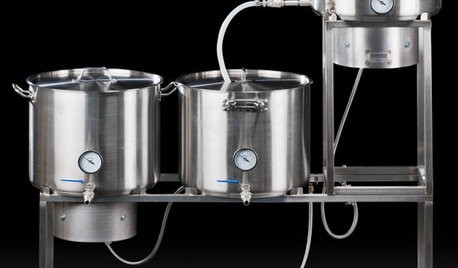


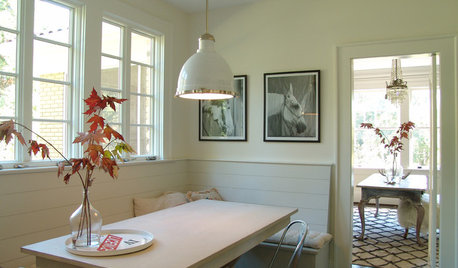
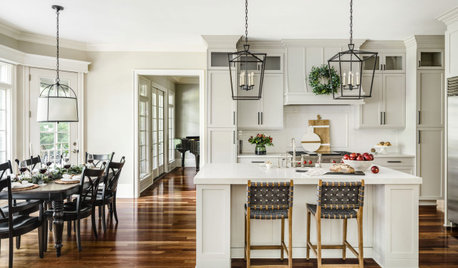

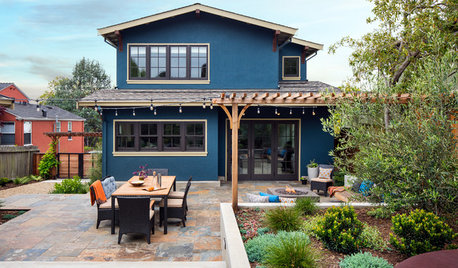
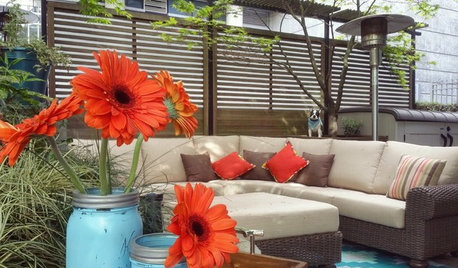










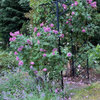

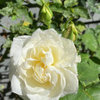
ny_steve
Related Professionals
Windham Landscape Architects & Landscape Designers · Harrison Landscape Architects & Landscape Designers · Edmond Landscape Contractors · Edmond Landscape Contractors · Maple Valley Landscape Contractors · Cliffside Park Landscape Contractors · Huntley Landscape Contractors · Leicester Landscape Contractors · Middleton Landscape Contractors · Newnan Landscape Contractors · Ocoee Landscape Contractors · Royal Oak Landscape Contractors · University City Landscape Contractors · Vallejo Landscape Contractors · West Palm Beach Landscape Contractors